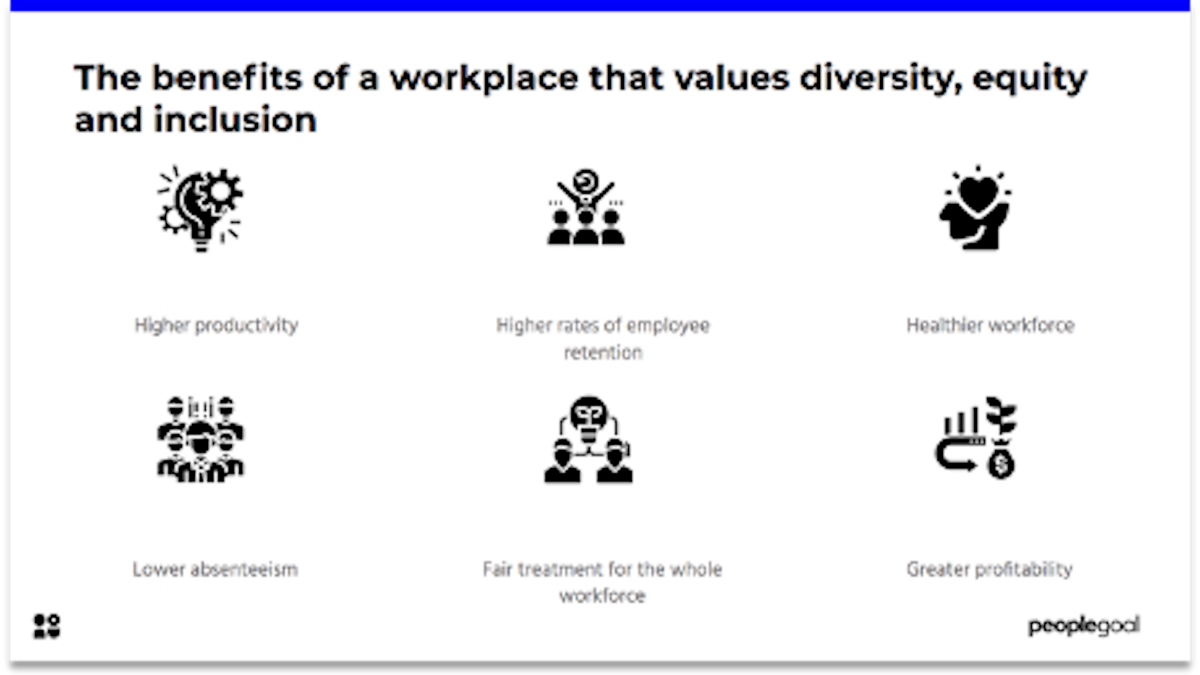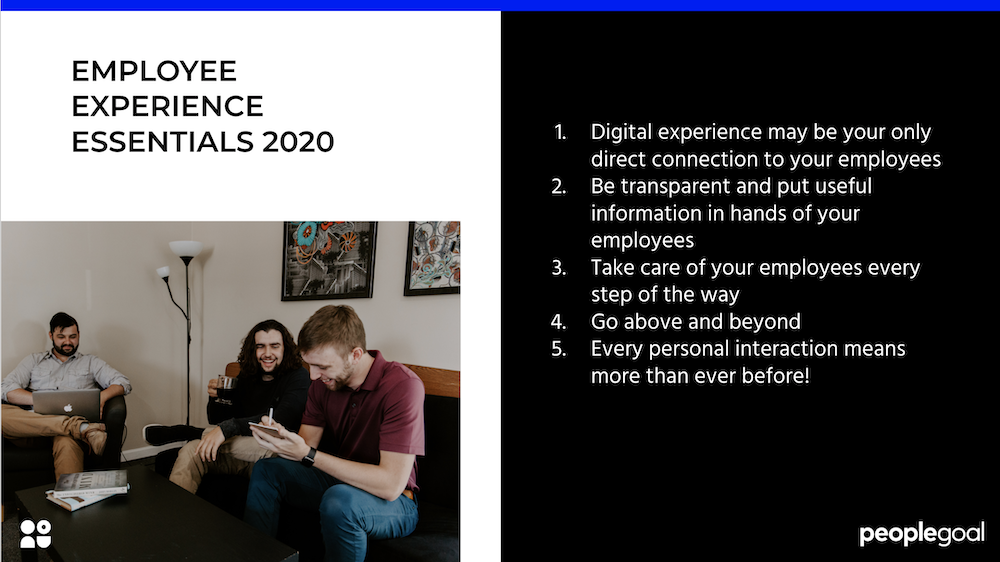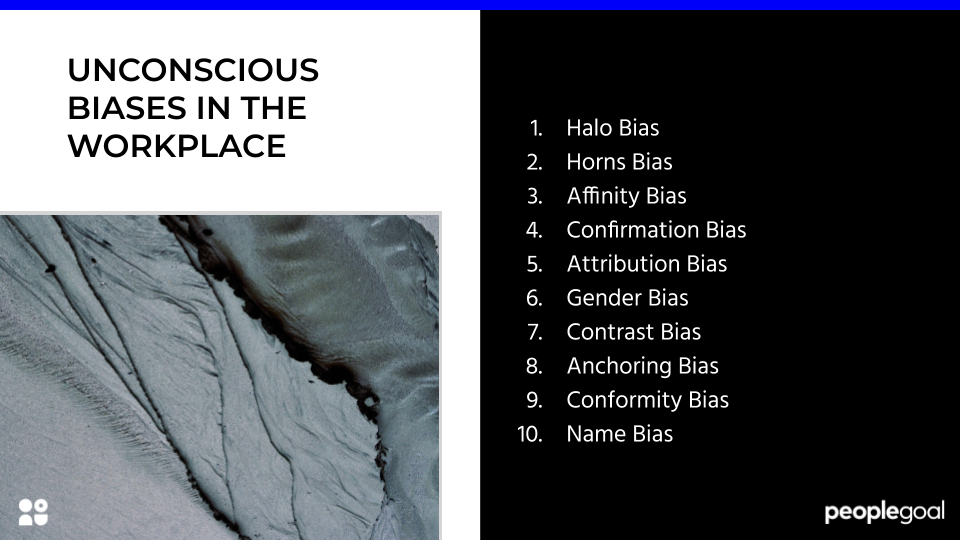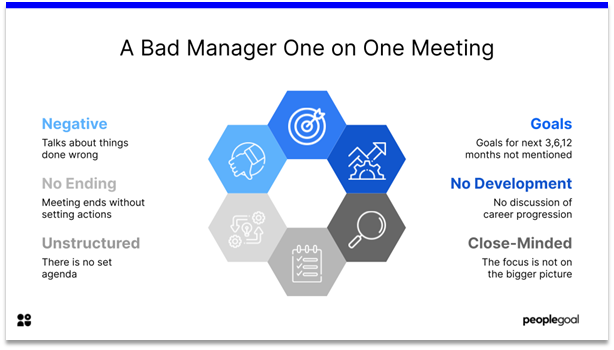Charting career steps is about ensuring every employee has the opportunity to develop within the company. When an employee knows the organization values their career development, they tend to feel greater commitment to the company.
Outlining career steps is also a motivating factor for employees. When we know that our work will be rewarded with greater pay or new responsibilities, we are driven to perform better. We are also more likely to stay at the company, improving employee retention.
Employee retention is a particularly hot-topic at the moment, as a record 4 million people in the U.S. quit their jobs in April 2021 alone. Career development has a role to play in retaining your talented employees. According to a Gallup study, the majority of employees (32%) give career advancement opportunities outside the company as the reason for their departure. In the absence of engaging opportunities to grow their skills in-house, the pull factors of other companies are stronger.
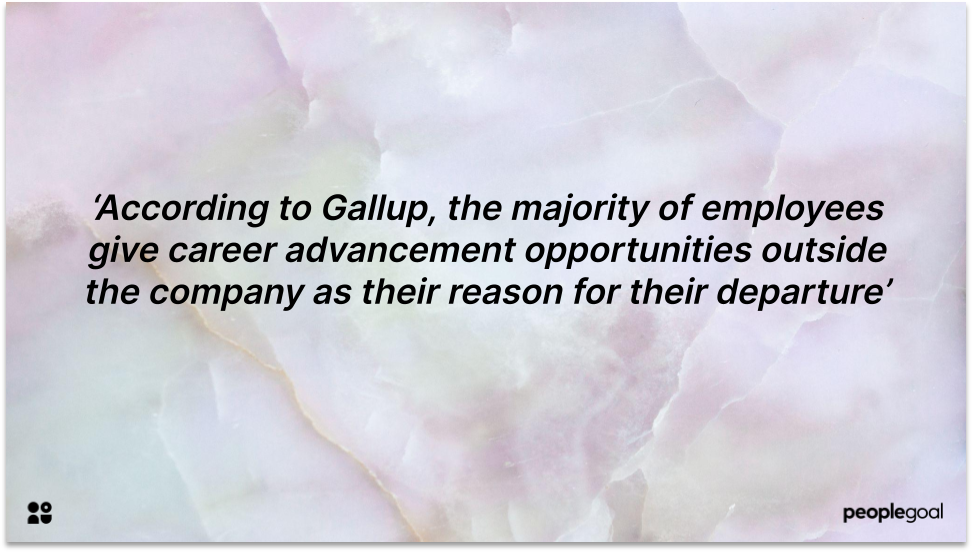
HR must create a strategy to ensure that all employees can follow meaningful career steps within the organization. By improving transparency and taking action to develop employees, organizations will have a competitive advantage in this buoyant labor market.
By breaking down often complicated routes to leadership into easy-to-understand career steps, you’ll motivate your teams. With a clear line-of-sight, employees will see the value in developing their skills.
How have career steps changed?
In the mid-twentieth century, it was commonplace for employees to stay with a company for the duration of their career. In return for their loyalty, companies ensured secure employment until retirement.
This sticking power just isn’t there anymore. Life-long employment at an organization is a far-off dream for most of the workforce. As SHRM highlights, the transition from a manufacturing to a knowledge economy reduced the role of unions in the labor force, so that job stability was weakened.
Millennials and Gen Z workers are the most likely generations to switch careers. In 2021, younger workers are job-hopping in search of better pay and career progression. Last year, of those who switched jobs, 33% were Gen Z and 25% millennial. Younger workers have always tended to exercise greater career mobility – as they build their skills and develop commercial awareness.

However, HR still needs to review the career progression needs of the next generation of leaders. A Gallup report found that millennial employee turnover costs the U.S. economy $30.5 billion a year. the pandemic has reprioritised the needs of these and other generations of workers.
While economic factors are certainly at play, there is also the question of what modern employees want out of their career. Employees now seek greater flexibility at work and the chance to work from home. Millennial workers want a sense of purpose, and may prioritise this even over job security.
Employees now seek greater flexibility at work and the chance to work from home
How does HR chart career steps?
Career steps are the building blocks for more detailed plans such as career paths and career ladders. Career paths are the possible routes the employee can take within that role. Depending on your organizational culture, you might create conventional vertical career ladders, or more flexible career lattices.
In the tried-and-tested vertical career ladder, there is a clear line-of-sight on career steps needed to progress. However, it is still important for HR to take on an active role in empowering employees to move upwards. Career development one-on-ones are an opportunity for HR leaders to clarify routes towards promotion, and to point employees towards learning and development opportunities.
In a career lattice, employees can progress in the organization while spending time in different departments. This is also known as a lateral career move. According to Harvard Business Review, 89% of respondents said they would consider a lateral career move without a financial incentive.
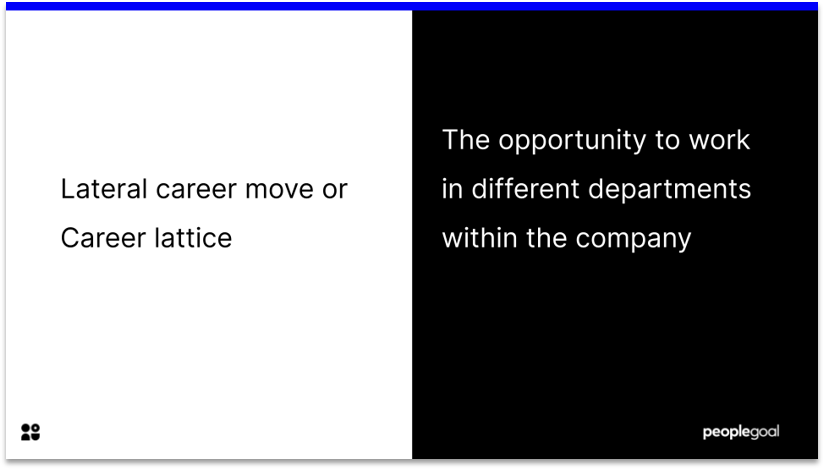
In careers such as law, experience in different departments is a part of the training process – trainees spend time in various ‘seats’ so they can find the areas that most interest them. There’s no reason not to try this in a range of other industries. HR could create a path in which career steps on different teams are on offer.
For example, an employee in the Marketing department could have the opportunity to work for six months in the Sales department. As there is overlapping expertise, the employee could bring a useful perspective to the team. They have the chance to expand their skill set, which can improve employee engagement as work is more varied and learning-based.
Examples of career paths
-
Vertical career ladders
-
Career lattices
-
Encore careers
-
Dual career ladders
-
Accelerated career paths
-
“Dialed-down” career paths
Why you should implement non-traditional career steps
Traditional hierarchies don’t always reflect the realities of a modern company. Employees may not be looking to climb the ladder rung-by-rung, but rather aim to expand their skills in other areas.
Only having one route to progression can hold some of your strongest employees back. For example, some team members may be highly skilled in their field, but their leadership skills are lacking. They may not be interested in the day to day responsibilities of running a team. In this case, dual career ladders can be a great alternative.
Dual career ladders create opportunities for pay rises and development without managerial responsibilities. This can help you retain employees with particular technical skills.
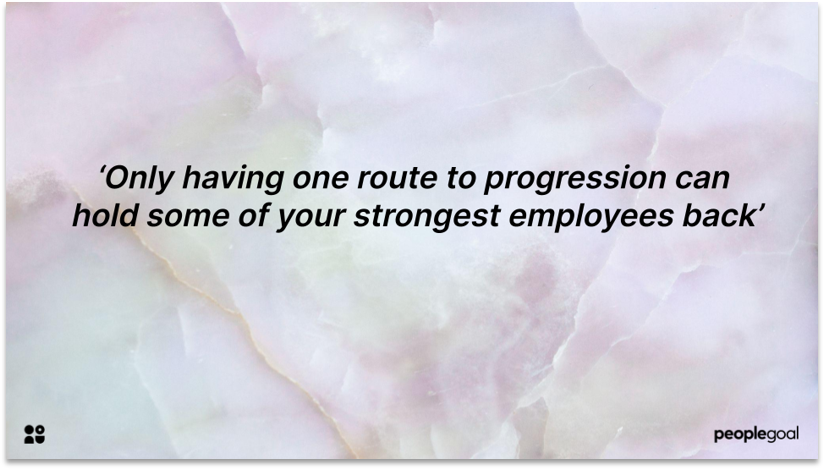
Another valuable non-traditional career step is job redesign. This involves either job enlargement or job enrichment, and fundamentally is about creating opportunities for development within your current role.
Job enlargement means varying the tasks assigned to an employee, whereas job enrichment deepens the responsibilities expected of them. Problems can arise if employees are not recompensed for their expanded responsibilities, so reflect their engagement in their salary.
Adopting a variety of career steps is a way to upskill employees. Not everyone learns or develops in the same way – some benefit from traditional training methods while others prefer a more hands-on approach. These non-traditional career steps can also be more inclusive, as we’ll explore below.
Job enlargement and job enrichment create opportunities for development within your current role
Benefits of non-traditional career steps 👍
-
Give employees a broader understanding of the company’s goals
-
Cater to a range of skill sets, e.g. dual career ladders for those who aren’t natural leaders
-
Improve employee engagement through job enrichment
-
Potentially more inclusive than traditional vertical career ladder
How to improve Diversity and Inclusion through career steps
HR must be conscious of how their career planning impacts diversity and inclusion. Unfortunately, unconscious bias works its way into promotions.
When deciding who to promote, managers often fail to take a broad view of performance. During the pandemic, 34% of men working remotely with children at home said they received a promotion, compared to just 9% of women in the same situation.
Clearly working parents, and especially women, struggle to secure promotions. Taking time off to care for children can bring careers to a halt. A possible solution to this is to offer “dialed down” career paths. This supports employees to reduce their working hours for personal reasons. HR must ensure that they maintain the skills needed to return to full time in the future.
Take note of the career steps needed for under-represented groups to become leaders
High-level positions in your organization tell you how your Diversity and Inclusion efforts are working. If there are not many women or people from ethnic-minority backgrounds, it’s evident that you need to re-think your strategy.
Consider the career steps needed for under-represented groups to become leaders. If you tend to promote internally, it’s probable that these groups aren’t adequately informed about these opportunities. Laying out clear career steps in one-on-one meetings can focus these potential candidates.

Tips for One-on-One Career Development Meetings
Discussing career steps one-on-one with employees can be a great starting point. By setting out the building blocks towards career progression, you ensure transparency and more equitable outcomes.
It’s also the perfect time to hear from employees about what motivates them. What learning and development opportunities would they like to see at the organization? What matters to them in their career? This can inform HR strategy, keeping your processes relevant to your people.
Set SMART goals with the employee so that they can start making concrete, measurable steps towards their plans. Ensure that managers are also knowledgeable about the progression expectations of staff, so that they can help make this happen.
Questions to Ask Employees in Career Development One-On-Ones
-
What do you want to be doing in 5 years’ time?
-
Are there other company departments that you would like to gain expertise in?
-
Are there any skills you hope to develop?
-
Do you feel like your current role is aiding your development?
-
How can we support you to make the next steps in your career?
-
Are there any learning and development opportunities that interest you?
Career Steps: Help employees take the next steps
Career development often lacks transparency. Employees can feel unsure of the opportunities available to them within the organization, which can make employee retention a challenge. By mapping out clear career steps, you support your people to plan long-term at your company.
Unconventional career steps, such as dual career ladders and lateral career moves can open up promotions, helping you retain talent and fostering inclusivity.
To learn more about Career Development read our blog post Career Development: The 4 Key Essentials 📝
Find out about PeopleGoal’s fully-customizable Career Development One-on-Ones app here ⬅️
Ready to 3x Your Teams' Performance?
Use the best performance management software to align goals, track progress, and boost employee engagement.

